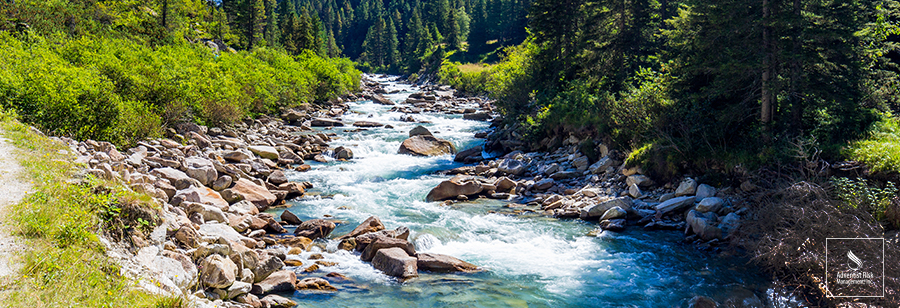Planning ahead is vital to staying safe in and around bodies of moving water.
It was early Friday afternoon, and Stacy’s Pathfinder group had just arrived to their campsite after a long bus drive. Everyone was excited to start setting up camp. Stacy, along with the other Pathfinder leaders, assisted and supervised the campers as they set up tents, unloading tarps, and prepped the fire pit.After their camp was set up, it was still early enough in the day to do a fun activity before dinner time. It was a warm day, and the nearby river looked like the perfect place to cool off. Stacy rounded up the other Pathfinder leaders to tell them about the river activity, and they agreed to keep a close eye on the campers in case of emergencies. Once all the responsibilities were assigned, the leaders led the kids down to the river and watched as they jumped in and began splashing around.
About 20 minutes later, Stacy noticed two of the leaders suddenly jump into the river and start swimming downstream. She quickly spotted the little girl they were after. She was struggling against the river’s undercurrents and was drifting farther away from the group. It was up to the leaders to her get out.
Staying Safe in the Water
Rivers and streams can pose several risks, even if we do not immediately see any danger. In fact, it is the hidden risks that make rivers and streams so dangerous. Many times, we do not realize these risks are present until it is too late. Planning ahead is vital to staying safe in and around bodies of moving water.According to Recreation.gov, water-related accidents are one of the most common causes of death in national parks, forests, and waterways. The accident victims were not always swimming; some were merely trying to cross a river or standing near the bank.
Often water currents are easily seen, but sometimes the water flow is not strong enough and is hidden below the surface water level. This makes the current less visible from the river banks. Recreation.gov states that in as little as six inches, the water currents can be strong enough to drag you downstream. Even a slow current can be dangerous and pull you towards a hazardous situation. These situations include falling from smooth and slippery rocks, and floating debris can trap you underwater leading to more severe injuries. Whether you use the river waters for daily activities or recreationally for a ministry activity, you must have a plan of action in the case of a water-related emergency.
5 Steps to Stay Safe Around Water
- Conduct your research: Contact the local park ranger and ask about water temperature, currents, and any hazards. Ask if there are any rivers or streams your group should avoid.
- Plan ahead: Talk with your fellow leaders and chaperones, and create an emergency plan complete with local emergency phone numbers. You can also ask the local park ranger what the search and rescue process is for water-related emergencies.
- Bring rescue tools: It is important to have life jackets and life-savers with rope in case someone falls in and is pulled away by water currents. Make sure all leaders and chaperones know how to use the tools you bring. You should also re-stock and update your first aid kit beforehand.
- Get trained: Leaders should be CPR and basic first aid certified. Training allows for proper emergency care to be executed in the event of an emergency.
- Always be cautious: Bring an adequate number of qualified chaperones to supervise those in the water and the surrounding area at all times. If an emergency occurs, stick to your emergency plan and alert the local search and rescue team and park rangers.
References:
https://www.recreation.gov/marketing.do?goto=acm/Explore_And_More/exploreArticles/water-safety-rivers-and-streams.htm
https://adventistrisk.org/prevention-resources/solutions-newsletter/april-2016/play-it-safe-and-have-fun!
https://adventistrisk.org/prevention-resources/solutions-newsletter/may-2016/are-you-ready-for-some-fun-in-the-water


